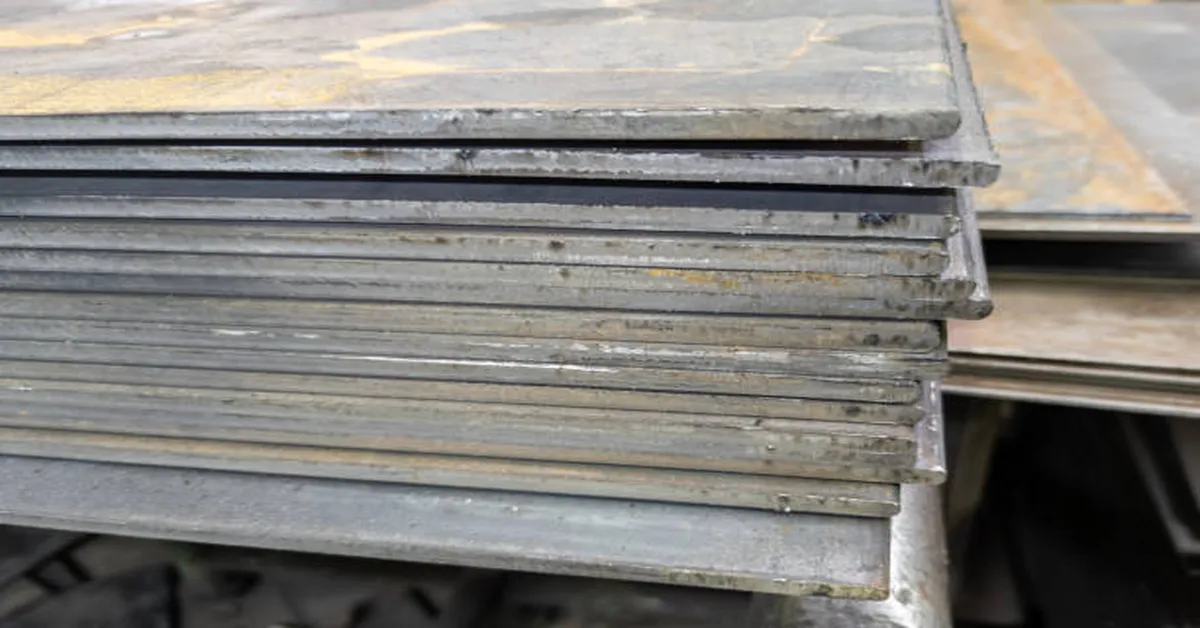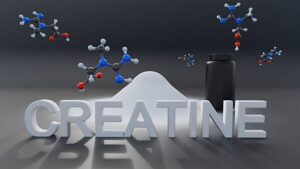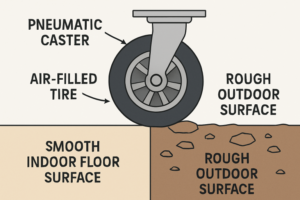Multi Layer Steel (MLS) is a specialized composite material designed for applications where strength, durability, and high-performance sealing are critical. Unlike single-layer steel or traditional metal sheets, MLS consists of multiple thin layers of steel—often with additional coatings or treatments—that work together to provide enhanced mechanical properties. The concept behind MLS is simple yet powerful: when you combine different layers of steel, sometimes with elastomeric or metallic coatings, you can achieve performance characteristics that no single layer could deliver alone. This makes MLS a vital material in industries such as automotive, aerospace, marine, and industrial machinery manufacturing.
In this article, we will explore the composition, manufacturing process, mechanical properties, design considerations, applications, and advantages of multi layer steel. We will also cover how it compares to other materials and the technological innovations shaping its future.
1. Understanding Multi Layer Steel
Multi Layer Steel refers to a laminated structure composed of two or more layers of steel sheets bonded together—either mechanically, by diffusion bonding, or through intermediate coatings. The layers can be identical steels or different grades, depending on the application requirements.
In many cases, MLS sheets are created using stainless steel or alloy steels as the outer layers, with intermediate layers that may be softer or coated for improved sealing. The exact composition can vary widely:
- Single-Grade MLS: All layers are made from the same steel type, but multiple sheets are stacked to improve stiffness and reduce distortion under load.
- Hybrid MLS: Layers are made from different steel grades, each contributing specific properties—e.g., corrosion resistance, heat tolerance, or flexibility.
- Coated MLS: Some layers are coated with rubber, PTFE, or other materials to provide sealing capability and resist wear.
One of the most recognized uses of MLS is in engine head gaskets, where the material must withstand extreme heat, pressure, and chemical exposure without deforming.
2. Composition and Material Selection
Choosing the right materials for each layer of MLS is a critical design step. The outer layers often need to be harder and more corrosion-resistant, while inner layers can be softer to help absorb irregularities between surfaces.
Common materials for MLS layers include:
- Stainless Steel (e.g., SUS301, SUS304, SUS316)
- Excellent corrosion resistance
- Good strength at high temperatures
- Common in exhaust and chemical environments
- Spring Steel (e.g., SAE 1074, SAE 1095)
- High yield strength
- Ideal for maintaining clamping force in gaskets
- Alloy Steel (e.g., Chromium-Molybdenum steels)
- Improved wear resistance
- High-temperature strength
- Coating Materials:
- Fluoroelastomers (FKM): Resistant to fuel, oil, and heat
- PTFE: Low friction and chemical inertness
- Rubber Compounds: Excellent sealing against fluids
Each layer’s thickness is typically between 0.1 mm and 0.3 mm, depending on the application. The number of layers can range from two to seven or more, with three being common for many industrial uses.
3. Manufacturing Process of Multi Layer Steel
The manufacturing of MLS involves a sequence of carefully controlled steps to ensure uniform bonding, precision, and performance. Below is a general overview:
Step 1: Material Preparation
Steel coils or sheets are sourced according to the required grade and thickness. They undergo surface treatment to remove oxides, oils, or contaminants.
Step 2: Cutting and Layering
Sheets are cut into required shapes and stacked. If coatings are to be applied, they are added before layering.
Step 3: Coating Application
For MLS gaskets or sealing applications, specific layers are coated with elastomers, resins, or anti-stick agents. This can be done by spraying, screen printing, or dipping.
Step 4: Bonding Process
Layers are bonded using:
- Mechanical bonding (riveting, folding edges)
- Adhesive bonding (using high-temperature adhesives)
- Diffusion bonding (high heat and pressure cause atomic-level joining)
Step 5: Heat Treatment
MLS parts are often heat-treated to improve strength, relieve internal stresses, and enhance spring properties.
Step 6: Forming and Stamping
The layered sheets are stamped into their final shape using precision dies. In gasket production, embossing may be used to create sealing ridges.
Step 7: Final Inspection
Dimensional accuracy, layer adhesion, and coating quality are inspected. Testing may include compression tests, leakage tests, and thermal cycling.
4. Mechanical Properties
The unique layered structure of MLS provides an optimal balance of properties:
- High Strength: Multiple layers distribute loads evenly, reducing risk of localized failure.
- Spring Retention: Spring steel layers maintain clamping force under varying temperatures.
- Thermal Stability: Stainless steel maintains integrity at temperatures exceeding 500°C.
- Corrosion Resistance: Outer stainless layers protect against oxidation and chemical attack.
- Vibration Damping: Coatings and multiple layers reduce vibrational stresses.
- Sealing Efficiency: Coatings and embossing ensure tight seals even with surface irregularities.
5. Advantages Over Single Layer Materials
1. Enhanced Sealing Capability
MLS conforms better to uneven surfaces, especially when coated, resulting in superior leak prevention.
2. Improved Durability
The layered design resists fatigue and wear better than single sheets, especially in cyclical loading conditions.
3. Resistance to Thermal Cycling
MLS components handle rapid temperature changes without losing mechanical integrity.
4. Design Flexibility
Layer thickness, material combinations, and coatings can be customized to application needs.
5. Long Service Life
MLS parts often last longer before replacement is needed, reducing downtime and maintenance costs.
6. Common Applications of Multi Layer Steel
While MLS is most famously used in automotive head gaskets, its applications span across several industries:
Automotive
- Cylinder Head Gaskets: Maintain seal between engine block and head under extreme conditions.
- Exhaust Manifold Gaskets: Withstand high exhaust temperatures and pressure pulses.
- Turbocharger Gaskets: Resist high heat and pressure fluctuations.
Aerospace
- Sealing Components: For high-temperature engine sections.
- Vibration Damping Plates: To protect sensitive avionics.
Industrial Machinery
- Compressor and Pump Gaskets: Handle pressure and fluid exposure.
- Heat Exchanger Seals: Maintain integrity in high-temperature, high-pressure fluid systems.
Marine
- Engine Seals: For large diesel and gas turbine engines.
- Corrosion-Resistant Components: Used in saltwater environments.
7. Design Considerations
When designing with MLS, engineers must evaluate:
- Operating Temperature and Pressure
Determines the choice of steel grades and coatings. - Surface Finish of Mating Components
MLS can seal even imperfect surfaces, but coating choice is key. - Thermal Expansion Mismatch
Different materials expand at different rates; MLS design must account for this. - Vibration and Fatigue
MLS can absorb and distribute vibrations, but layer configuration matters. - Maintenance and Replacement Cycles
Materials and coatings should match the expected service life.
8. Quality Testing and Standards
MLS components must meet stringent standards to ensure performance:
- ASTM Standards for steel grades and coatings
- SAE J gasket testing procedures
- Thermal cycling endurance tests
- Compression and recovery tests
- Leakage detection under pressure
9. Future Developments
Research in MLS is focusing on:
- Nano-coatings for even better sealing and corrosion protection
- Hybrid metal-ceramic layers for extreme temperature tolerance
- Recyclable bonding methods to improve sustainability
- Lightweight alloys for weight-critical applications like aerospace and EVs
Conclusion
Multi Layer Steel represents a significant advancement in materials engineering. By combining the strengths of multiple steel sheets—often enhanced with advanced coatings—MLS offers unmatched performance in sealing, strength retention, and durability under extreme conditions. Its versatility ensures that it remains a material of choice in demanding industries, from automotive engines to aerospace turbines.
ALSO READ: The Complete Guide to the C Cup: Measurements, Fit, Styles, and Comfort
FAQs on Multi Layer Steel
1. What is the main purpose of using multi layer steel in gaskets?
The primary purpose is to create a reliable seal between components under extreme heat, pressure, and chemical exposure. MLS maintains this seal even during thermal cycling and vibration.
2. How many layers can an MLS gasket have?
Most MLS gaskets have between three and five layers, though some specialized designs can have up to seven or more, depending on performance requirements.
3. Can MLS be used in non-sealing structural applications?
Yes. While most known for sealing, MLS can also be used in structural applications where vibration damping, layered strength, or corrosion resistance is needed.
4. What coatings are typically applied to MLS?
Common coatings include fluoroelastomers (FKM), PTFE, and rubber compounds, each chosen based on chemical and thermal exposure.
5. Is MLS recyclable?
Yes. Since it is primarily made of steel, MLS can be recycled. However, coatings must be removed or processed appropriately during recycling.









